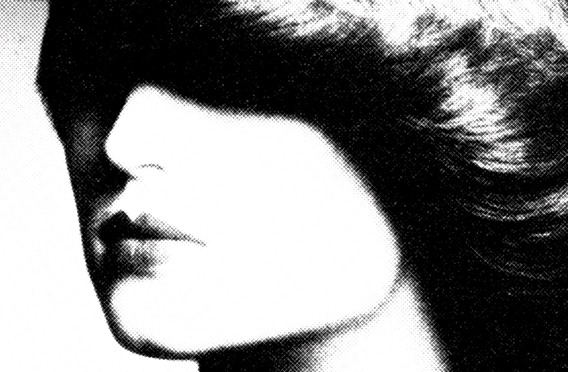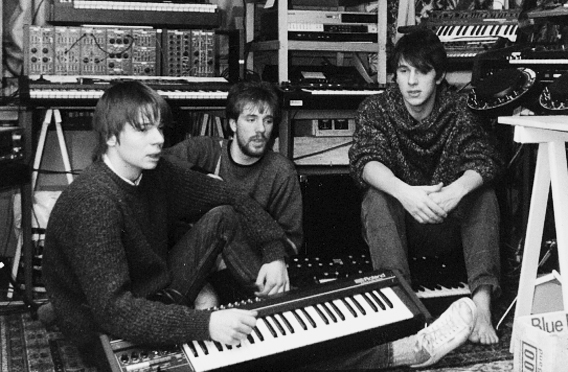Articles | MW027 Autumn - Synthesize LP Coming Soon
News : MW027 Autumn - Synthesize LP Coming Soon
{caption}
MW027 Autumn - Synthesize LP Coming Soon
01-07-2011
posted by admin
Coming in February, a full length LP by Belgian legends Autumn. Some people may know Autumn tracks already, as many were released as Linear Movement and vice versa. Autumn was truly the precursor to Twilight Ritual, paving the way for a magnificent collaboration between Peter Bonne and Geert Coppens.
As young kids, Geert and Peter (Sen and Ense) were intrigued by the experimental and cosmic music scenes, and wanted to explore that direction further. At first, they had to rely on family and friends to supply them with primitive keyboards, organs, and other synthesizer-like instruments. By 1980, they were able to put a band together and do some performances, which resulted in the first tape ‘Seven Days Autumn’.
They rented a two voice, analog synthesizer with built in eight step sequencer by Yamaha (the CS30) for a week, which they used to produce a number of compositions at their rehearsal locations, which were subsequently baptized ‘Atem’ and ‘Attne’. In the meantime, they kept on performing with the rest of the band which became quite known across Belgium. It inspired them to set up a special event called ‘Hard Breakfast’. Hard Breakfast was built around the electronic music of Autumn, but assisted by live jazz-dance and live computer graphics art and all came together 1981. Hard Breakfast required a team of eleven people of which five were on stage, and the band members were a total of seventeen. From that period on, graphics began playing an increasing role.
On stage, Autumn used the brand new Roland CSQ600 sequencer (which needed to be reprogrammed several times during the 2-3 hour show) with the SH-2 two voice monophonic synth as melodic rhythm unit. It was synced manually with a Godwin Organ rhythm section which provided a bright range of keyboard sounds such as lovely smooth strings and a clavichord sound. Aside from that, they used a Yamaha C40M as a huge effect generator manipulated live, a Roland Vocoder, and a 12 channel mixing desk completed by some microphones, acoustic and electric guitar, and flute. There was also one delay machine which was able to produce a single echo effect. Considering most of this music was improvised, Hard Breakfast was quite an amazing achievement.
Shortly after Hard Breakfast, Geert and Peter were able to buy some synthesizers for themselves, allowing them to drastically increase their musical creativity and productivity. This very quickly resulted in an abundance of tracks which were released on several tapes, and performed live for many concerts. They bought the revolutionary Roland TR 808 rhythm machine to synchronize with the CSQ 600 sequencer and the SH-2 bass synth. The Roland Jupiter-4 was used as basic polyphonic keyboard (4 voices, 8 memories), and a Teisco synth was chosen for lead synth sounds. Additionally, they used two syndrums (electronic percussion), a 2x6 channel boss mixing desk and a rented echo machine.
By 1982, Autumn was a loose initiative rooted by Peter and Geert, but most often joined by Peter Koutstaal. It allowed them to explore different styles again, which resulted in the formation of two other bands, Linear Movement and Twilight Ritual. They even released a single ‘Synthesize’ which became a modest summer hit in 1982, which was recorded in a professional 24 track studio in only 7 hours (for both sides!). This album features these tracks along with selections from their best material. Not all, but a fine document of a prolific Belgian band.
Related Releases
-
Related Articles
-
-

